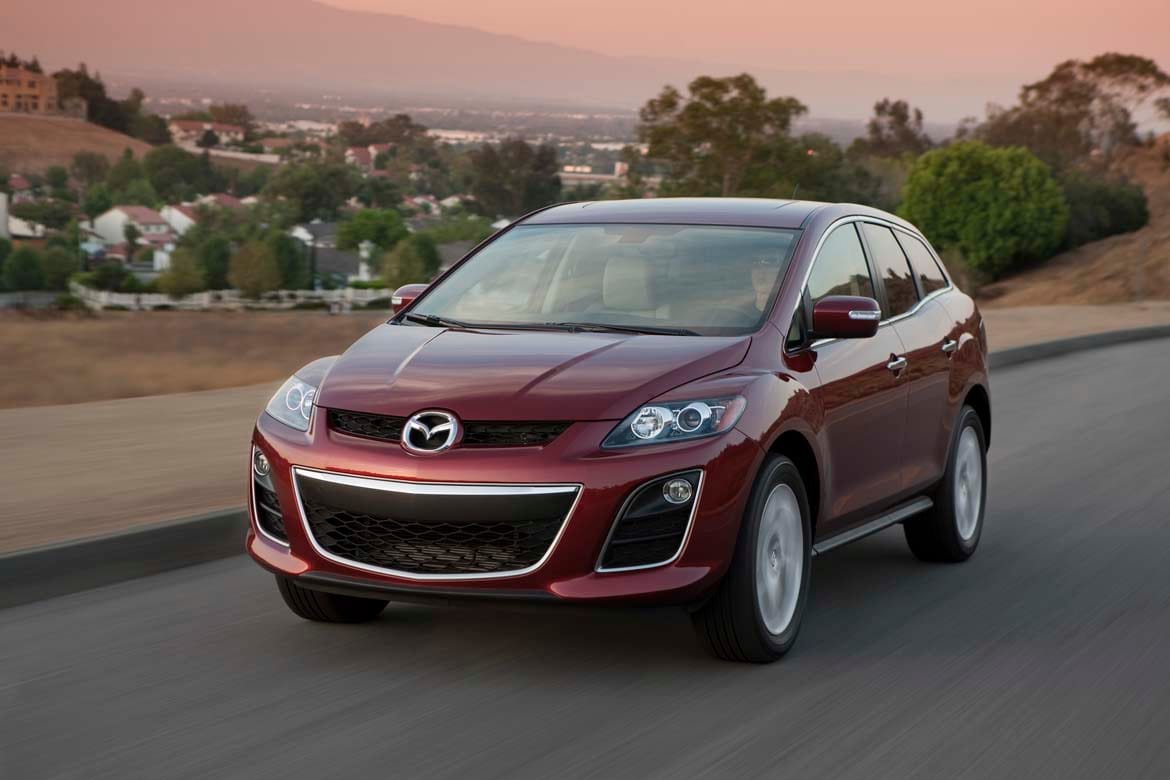The Mazda CX-7: A Sporty Crossover That Left Its Mark

The Mazda CX-7, a mid-size crossover SUV, carved its niche in the automotive world from 2006 to 2012. Introduced as the production version of the MX-Crossport concept car, the CX-7 aimed to bridge the gap between sporty performance and everyday SUV functionality. This article delves into the history, design, features, and legacy of this unique Mazda offering.
From Concept to Reality: The Genesis of the CX-7
The CX-7's story begins with the MX-Crossport concept, unveiled at the 2006 Los Angeles Auto Show. This concept car grabbed attention with its sleek, aggressive design and focus on driver engagement. Mazda translated this essence into the production CX-7, retaining the sporty character while incorporating practical SUV elements.
A Blend of Style and Functionality: Design Elements
The CX-7 boasted a head-turning exterior. Its sculpted lines and muscular stance conveyed a sense of power and dynamism, differentiating it from the boxier silhouettes common among SUVs of that era. The signature five-point grille, a hallmark of Mazda design, added a touch of sophistication. The sloping roofline provided a sporty flair, while maintaining decent headroom for rear passengers.
The interior of the CX-7 prioritized driver comfort and ergonomics. The cockpit was well-organized, with easy access to controls and a focus on driver engagement. The use of quality materials throughout the cabin elevated the overall feel. While passenger space wasn't as generous as some larger SUVs, the CX-7 offered comfortable seating for five adults. Cargo capacity was respectable, expanding significantly with the rear seats folded down.
Under the Hood: Performance Specs
The CX-7 came equipped with a turbocharged 2.3L or 2.5L four-cylinder engine, offering a satisfying blend of power and fuel efficiency for its time. While not a full-fledged off-roader, some models featured all-wheel drive for enhanced handling in various weather conditions. The CX-7's suspension prioritized handling and driver feel, providing a more engaging driving experience compared to many competitor SUVs.
Features and Trims: Catering to Different Needs
The CX-7 offered a range of trims to cater to diverse buyer preferences. Base models focused on providing essential features at an attractive price point. Higher trims progressively added amenities like a sunroof, leather upholstery, a premium sound system, and navigation. Safety features like blind-spot monitoring and a rearview camera were offered on later models.
The CX-7's Legacy: A Trendsetter in Sporty SUVs
Despite its relatively short production run, the Mazda CX-7 left a lasting impression. It pioneered the concept of a sporty crossover SUV, appealing to drivers who desired a blend of practicality and performance that wasn't readily available elsewhere. The CX-7 paved the way for future Mazda SUVs like the CX-5 and CX-50, which continue to emphasize driving dynamics alongside everyday functionality.

Finding a Used CX-7: What to Consider
The CX-7's discontinuation in 2012 means those interested will have to look at the used car market. As with any used car, thorough research and inspection are crucial. Common considerations include mileage, maintenance history, and any reported issues specific to the CX-7. Being a turbocharged vehicle, potential buyers should inquire about the condition of the turbo system and ensure it has been properly maintained.
Conclusion: A Nostalgic Look at a Groundbreaking SUV
The Mazda CX-7 carved a unique path in the SUV landscape. It offered a compelling combination of sporty performance, stylish design, and everyday usability. While its production may have ended, the CX-7's legacy lives on, inspiring future generations of Mazda vehicles and holding a special place in the hearts of enthusiasts who appreciate a driver-centric SUV experience.
